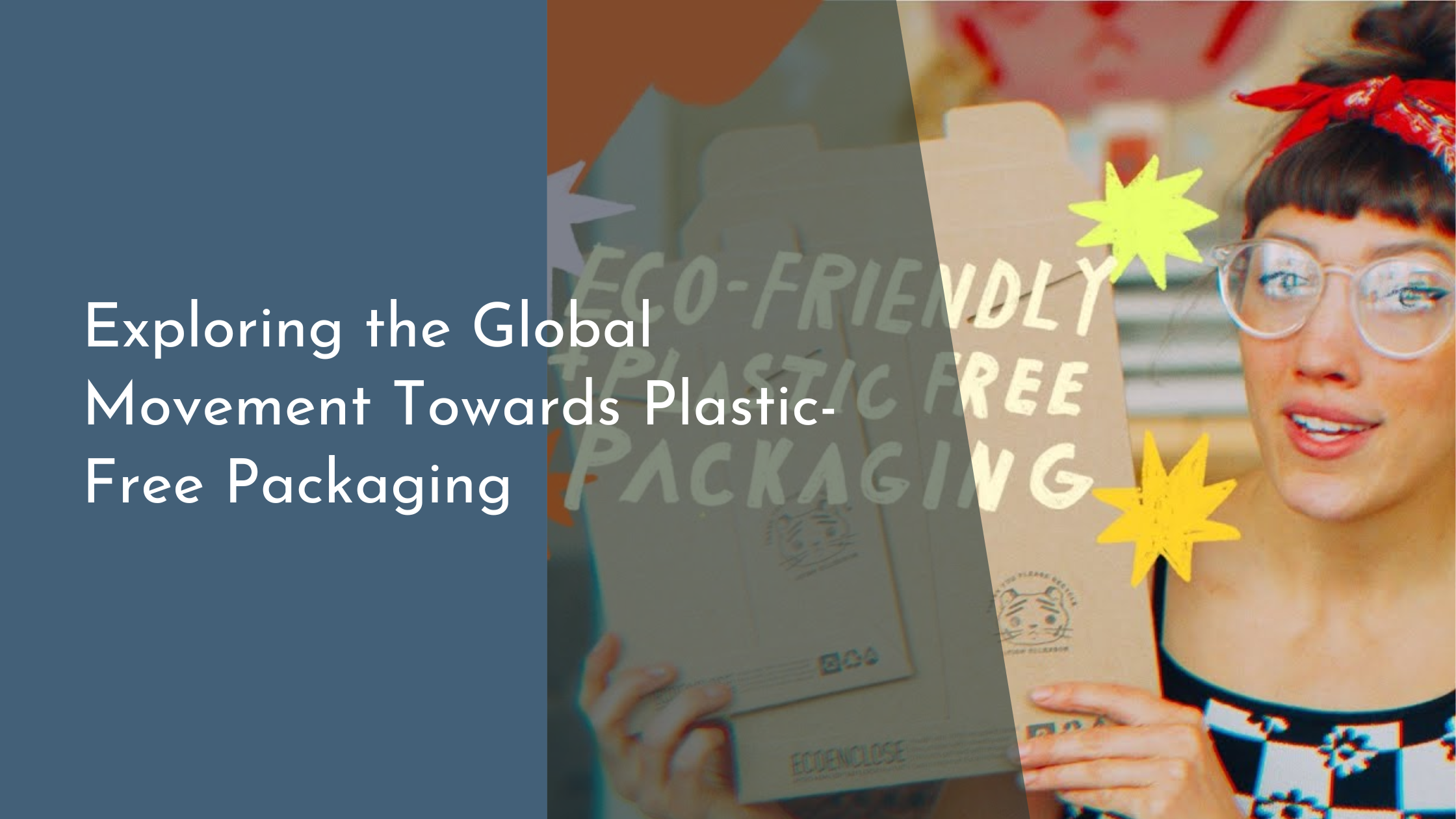Exploring the Global Movement Towards Plastic-Free Packaging
In recent years, the world has witnessed a growing consciousness about the environmental impact of plastic waste, spurring a global movement towards plastic-free packaging. This trend is not just a fad but a significant shift in consumer preferences and corporate responsibilities. As governments, corporations, and individuals increasingly prioritize sustainability, the transition to plastic-free alternatives is gaining momentum, promising a cleaner and more sustainable future for our planet.
Understanding the Plastic-Free Packaging Trend
The move towards plastic-free packaging is rooted in the escalating environmental concerns about plastic pollution. With millions of tons of plastic entering our oceans each year, affecting marine life and ecosystems, there is an urgent need to rethink how we package goods. This trend is further fueled by the awareness that traditional plastics, derived from fossil fuels, contribute significantly to greenhouse gas emissions. Consumers are increasingly holding companies accountable, demanding eco-friendly alternatives that reduce their carbon footprint.
Moreover, regulatory pressures are also playing a crucial role in this transition. Many countries are implementing stringent policies to reduce plastic usage, such as plastic bag bans and mandatory recycling laws. These regulations are nudging companies to innovate and invest in plastic-free solutions. As a result, businesses are exploring creative materials and packaging designs that meet these new standards, aligning with consumer demands and regulatory requirements.
Innovative Alternatives to Traditional Plastics
One of the most promising alternatives to traditional plastics is biodegradable packaging, which can decompose naturally without harming the environment. Materials such as cornstarch, mushroom mycelium, and seaweed are being transformed into packaging solutions that mimic the properties of plastic but break down more easily. These alternatives not only minimize waste but also help in creating a circular economy where resources are reused and recycled.
Another exciting innovation is the development of edible packaging, made from natural ingredients like rice paper and gelatin, which can be consumed along with the product or disposed of safely. This concept is particularly appealing in the food and beverage industry, where reducing packaging waste is a significant challenge. Such innovations are paving the way for a future where sustainability and convenience go hand in hand, offering consumers guilt-free packaging choices.
Global Leaders in the Plastic-Free Movement
Several countries have emerged as frontrunners in the plastic-free movement, setting benchmarks for others to follow. For instance, Sweden and Germany have robust recycling systems and have invested heavily in plastic-free initiatives, significantly reducing their plastic consumption. These countries are actively collaborating with businesses to develop sustainable packaging solutions, creating an environment where innovation can thrive.
On the corporate front, companies like Unilever and IKEA are leading the charge by committing to ambitious plastic reduction targets. Unilever has pledged to halve its use of virgin plastic by 2025, while IKEA aims to eliminate single-use plastics from its products by 2020. These industry leaders are not only setting an example but are also encouraging other corporations to adopt sustainable practices, proving that profitability and environmental responsibility can coexist.
Embracing a Future with Responsible Packaging Choices
Embracing plastic-free packaging requires a collective effort from consumers, businesses, and policymakers. Consumers have the power to drive change by choosing products with sustainable packaging, thereby influencing market trends. Armed with information, consumers can make responsible choices that align with their values, encouraging businesses to prioritize sustainability.
As businesses innovate and adapt to meet new consumer expectations, it is essential for policymakers to support this transition with favorable regulations and incentives. This collaboration can create a conducive environment for developing new materials and technologies that will redefine packaging norms. By working together, we can pave the way for a future where responsible packaging is the norm and not the exception.
The global movement towards plastic-free packaging is a testament to our collective resolve to address environmental challenges. As we continue to innovate and adapt, the shift towards sustainable packaging can lead to cleaner oceans, reduced carbon emissions, and healthier ecosystems. By embracing responsible packaging choices today, we are taking crucial steps toward a brighter, more sustainable future for generations to come.

